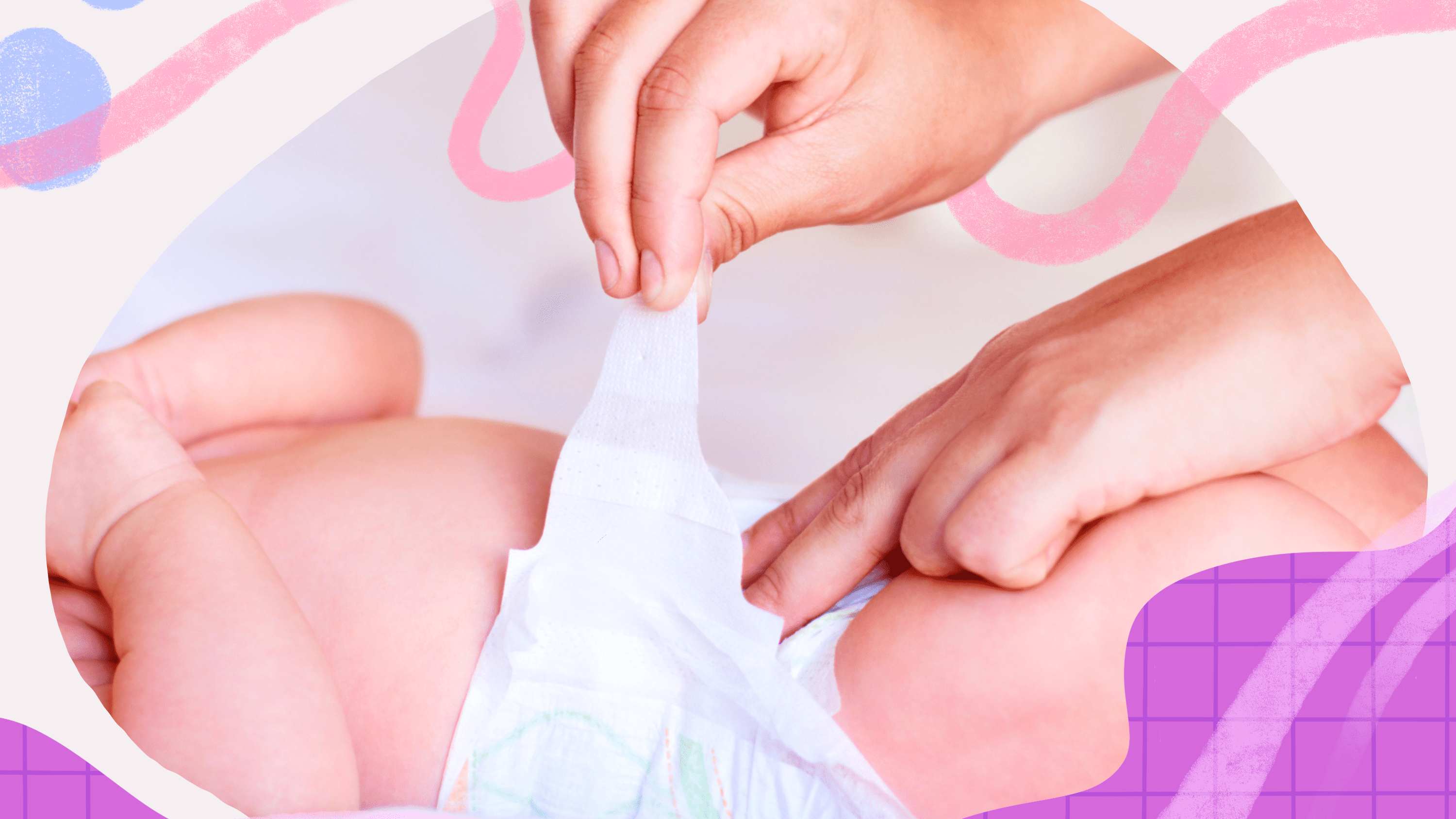Using a newborn nappy and altering them may look difficult at the initial time. However, with a slight rehearsal, you will be able to do that. Keeping your newborn neat and preventing moisture is manageable. Just read this guide and you are good to go.
How to Clean Newborns
- Utilizing a soft washcloth, cotton balls, or newborn cleaning wipes, gently clean your newborn clearly from the beginning to the buttocks (never rub from behind to front, particularly on girl children, or you could disperse germs that can result in urinary area infections). You may prefer to raise your newborn’s ankles to get underneath. Do not miss the wrinkles in the thigh area and back.
- Maintain your newborn as much covered as feasible because openness to the atmosphere frequently results in newborns splashing on your bed sheet, the fences, or anything else within the span.
- Once you have completed cleaning, wipe your newborn dry with a sterile towel and take out some diaper lotion and apply it to the private area.
How to use newborn nappies
- Newborn nappies appear in several patterns and lengths. Conventional newborn nappies commonly appear hemmed or in a quadrangle and need pinning. Extra new categories are prepared or contoured such as one-time use nappies and appear with Velcro closures or pins. Different fabric diapering fixtures comprise porous lining in the crotch area (some are disposable), an extra diaper layer for further security at nighttime, and diaper wraps to help stave off leaking.
- If you are utilizing formal fabric diapers, there are various paths to clasp them. One of the better typically utilized directions is the triangular folding method :
- Tuck the nappy in half to shape a triangle. (For infants or minor tots, you may require tucking the big part of the nappy down to some inches so it suits your newborn more perfectly)
- Then put your newborn in the nappy by softly hoisting the newborn’s bottoms and legs and slipping the nappy under. The lengthiest angle of the triangle shape part must be behind your newborn’s buttocks, with the contrary intersection pointing downwards toward the bottoms.
- Make the front portion of the nappy up between your newborn’s legs and onto their abdomen.
- Take one part over so it coincides with the middle portion.
- Take the further angle over so it coincides with the further two portions. Clasp all three portions jointly with a safety buckle.
Staving off diaper inflammation
- It’s normal for newborns to get a little diaper inflammation in their lower body parts. But if the breakout occurs frequently, lingers for more than a week or so, or gets terrible, phone your general physician. Similarly, let them understand if your newborn has a sickness with inflammation or if the inflammation looks severe, is sharp red, or has blisters. To know more tap here.
To prevent and work to restore diaper inflammation, use this advice whenever you change newborn diapers:-
- Alter the newborn nappy frequently, and straight after stool motions. Rinse the part softly. Rubbing industriously or stroking can also provoke inflammation.
- Utilize a diaper cream to stave off and rebuild inflammation. Purchase the one which has zinc oxide, which works as an obstacle for rashes. Diaper lotion is so gentle for slight inflammation but if it’s out of your reach please talk with your baby’s physician.
- Let your newborn try diapering for part of the day, setting your baby on top of some diapering clothing. (If you are the mother of a boy, put another fabric nappy over his male organs when he is on his hind so he does not get the chance to splash on you.)
- If you utilize fabric nappies, rinse them in child-friendly detergent and fragrance-free detergents, and also forgo scorching them with aromatic drying coverings.
These were a few of the guidelines that have to be maintained while working with a newborn nappy. These tips were simple and safe for your little one.


